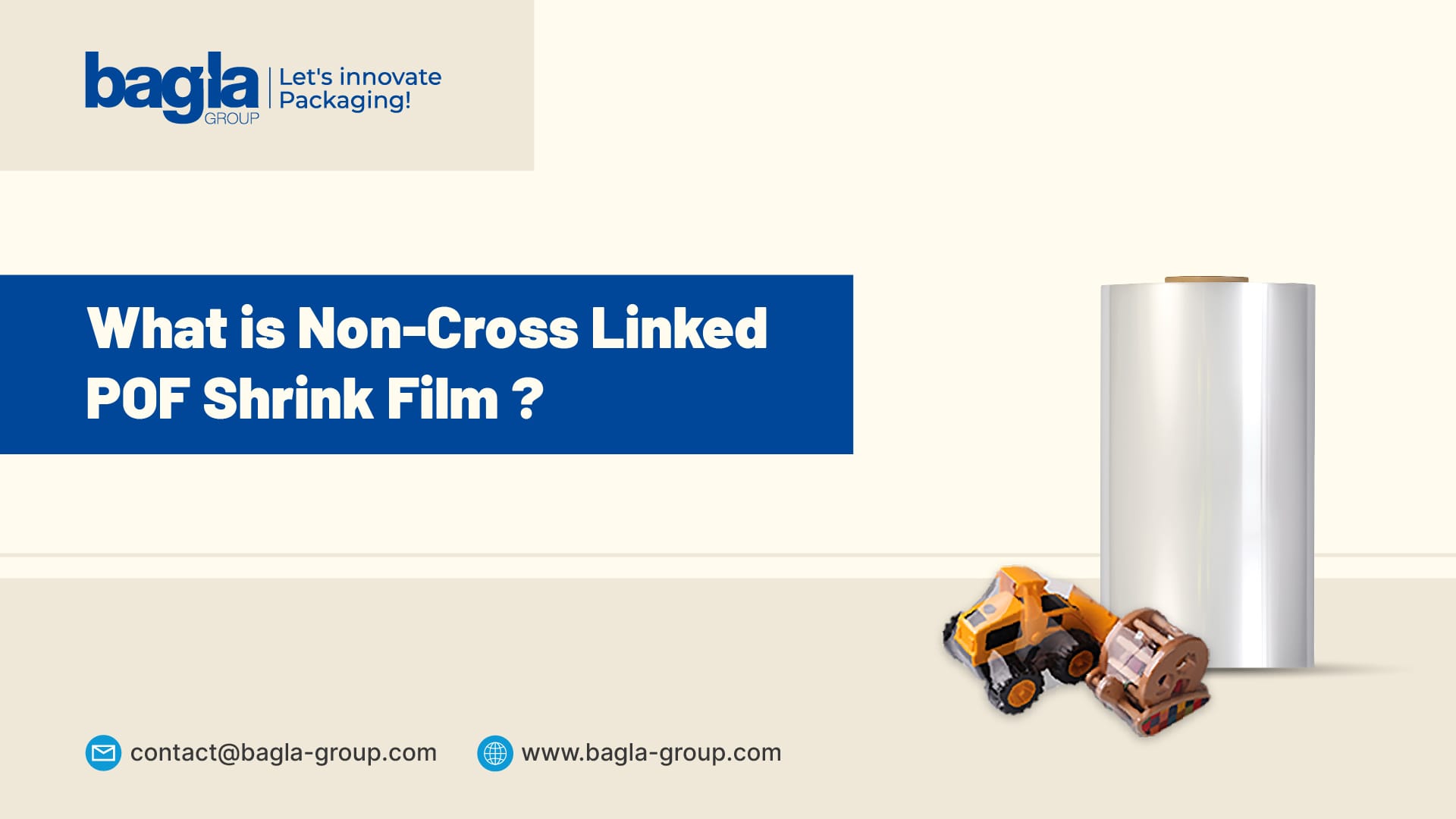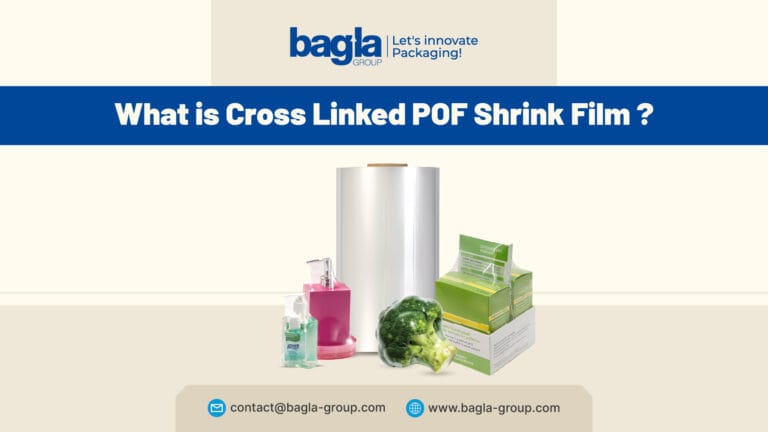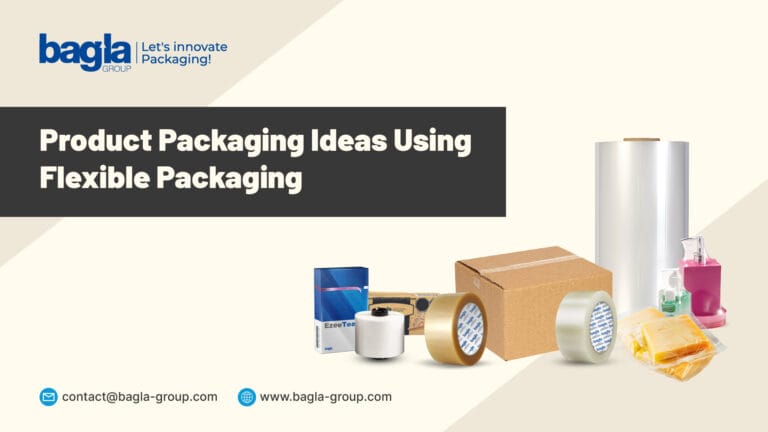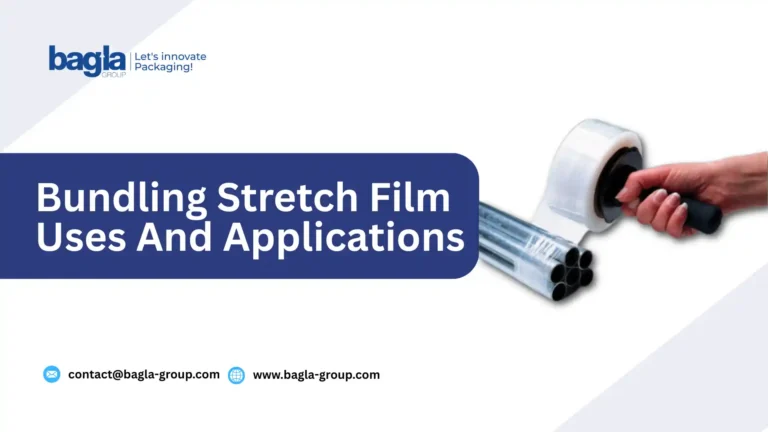In modern packaging, shrink films serve an important function in wrapping products for protection, and also to aid with the supply chain and market the product. There are many types of shrink film available in the market, including the less expensive and most prevalent shrink wrap films are the standard non-cross linked shrink films.
Understanding non-cross-linked POF shrink film wrap is beneficial to production engineers, manufacturers, and distributors. This article will explore everything about non-cross-linked shrink film and describe its uses across different sectors.
Understanding Non-Cross Linked Shrink Film
Non-cross-linked shrink films are polyolefin (POF) or polyethylene (PE) shrink films that have not undergone a cross-linking phase. Non-cross-linked shrink films have not undergone the polymer-enhanced treatments, and, therefore, the polymer maintains its original structure.
Key Characteristics of Non-Cross Linked Shrink Film
The primary characteristics of non-cross-linked POF shrink film include:
- Flexible and Lightweight: It is flexible and wraps easily around products.
- Less Expensive: It is less expensive than the sag variety and is best for high-volume to mass-production type environments.
- Clarity: It provides great clarity for the consumer upon viewing products in retail.
- Sealable and Shrinkable: It runs well in Standard shrink tunnels with a sealing unit.
- Versatile: May be used in many types of applications, including food, consumer goods, electronics, etc.
How Non-Cross Linked Shrink Film Is Made
The process for producing non-cross-linked shrink film involves initially extruding polyolefin or polyethylene resins in thin film. Below is a simple overview of the process as it runs,
- Resin Selection: First, granules of Polyolefin (POF) or Polyethylene (PE) are selected with respect to the film properties desired.
- Extrusion: The resin is then melted and extruded into a continuous sheet or tube.
- Forming Blown or Cast Film: The molten polymer is then formed into film using blown-film or cast-film techniques.
- Cooling and Winding: Then the film either goes through cooling zones or cools by gravity or rollers, is flattened, and wound into rolls for the next process.
- NO Cross-Linking Step: This type of film does not require a cross-linking step, while the cross-linking film requires it, which is chemically cross-linked or irradiated during the production process. In this step, it is a more simplified polymer structure because of the non-polymer step.
The simplicity of the procedures allows this type of film to be provided at a lower cost and provides a wider range of availability to consumers for a shrinking film range.
Advantages of Non-Cross Linked Shrink Film
There are several advantages of using non-cross-linked shrink film:
1. They Are Cost Effective for Volume Applications
In high-volume packaging operations, cross-linked films are more expensive to use because the costs associated with the cross-linking processes do not apply to the non-cross-linked films.
2. Use Non-Cross Linked For The Highest Clarity and Gloss
Cross-linked shrink films do have clarity and resolution; however, for the highest gloss finish and full polishing, non-cross-linked shrink wraps are ideal to finish the packaging.
3. Serves Ease and Compatibility
Simplicity in packaging processes increases with the use of non-cross-linked films. Traditional sealing and shrinking methods, such as heat tunnels and L-bar sealers, along with cross-linked films, require the use of sealing and shrinking techniques that are more complicated and costly to implement.
4. Non-Cross-Linked Films Provide The Most Versatility
Non-cross-linked shrink films allow for more versatile packaging for a wider range of products and a broader assortment of product lines. These include food packaging, printed materials, domestic products, industrial parts, and other commercial items.
5. Non-Cross-Linked Films Offer Reasonable Conformability and Puncture Resistance
Although non-crosslinked films have low seal integrity when compared to crosslinked films, you can utilize a non-crosslinked shrink film, which functions as packaging insulation, as it creates insulation properties, which can remove/ reduce air and hold tight for shipping.
6. Fast Shrink and Consistent Performance
The film heats up and shrinks fast as a change in the advantages of molecular structure; in a high-speed packaging operation, shrink at top speed will create a consistent shrink and optimized output.
Applications of Non-Cross-Linked Shrink Film Across Industries
There are various applications of POf
Non-cross-linked shrink film is so versatile that it can be applied to a wide variety of industries. Below are some of the most popular uses for shrink film:
- Food Packaging
- Retail and Consumer Goods
- Electronics and Tech Accessories
- Printed Materials
- Bundling and Multipack Solutions
Key Difference Between Non-Cross Linked & Cross-Linked Shrink Film
Both non-cross-linked and cross-linked shrink film are widely used, but it’s crucial to understand the differences between the two types of shrink film before you make a packaging decision.
| Feature | Non-Cross Linked Shrink Film | Cross-Linked Shrink Film |
|---|---|---|
| Molecular Structure | Basic polymer chains (no cross-linking) | Enhanced molecular bonding |
| Cost | More affordable | Slightly more expensive |
| Clarity & Gloss | High clarity, excellent presentation | High clarity, slightly better finish |
| Strength & Puncture Resistance | Good but moderate | Superior strength and puncture resistance |
| Shrink Force | Quick and consistent | Higher and more controlled |
| Seal Strength | Standard | Enhanced |
| Recommended Use | General packaging, food, retail, electronics | Heavy-duty, high-performance, or high-speed lines |
Why Choose Bagla Group for Non-Cross Linked Shrink Film?
With decades of experience and the newest extrusion technology, Bagla Group produces the highest quality non-cross-linked shrink films for your business. Our films provide:
- Dedicated performance across multiple packaging lines
- Superior clarity and sealability to maximize shelf presence and consumer appeal
- Customizable film thickness, width, and formulation
- Dependable delivery and service for your global packaging
Conclusion
Uncross-linked shrink film has been diminishing in flexibility and versatility, and has been becoming less cost-effective in packaging supplies. The clarity, flexibility, and ease of use of packaging supplies are appropriate in applications such as retail packaging and food wrapping, multipack bundling, and wrapping electronic products.
Features, advantages, and potential applications of shrink film are critical for understanding for your business to maximize the benefits, cost-effectiveness, and sound decision-making. Consistent quality and tailored solutions are what have earned The Bagla Group the trust of its clients
FAQs
What Are The Applications Of Non-cross linked Shrink Film?
This type of film is commonly used to wrap, pack, or bundle food products, consumer goods, electronics, printed materials, and mesh multipacks primarily for protection, tidiness, and a level of tamper-evidence.
Can Non-cross linked Shrink Film Be Recycled?
Yes, most polyethylene and polyolefin-based, non-cross-linked shrink films can be recycled. Please check the local recycling infrastructure and the specifications of the films.
Can It Be Used On High-speed Packaging Lines?
Yes. Non-cross-linked shrink films can be used on high-speed sealing and shrinking systems without the need for special equipment.
How does Non-cross-linked Film Differ From Cross-linked Film?
Cross-linked films undergo a bonding enhancement process, which makes them stronger and more puncture-resistant. Non-cross-linked films are more affordable and adaptable to general-purpose packaging.



